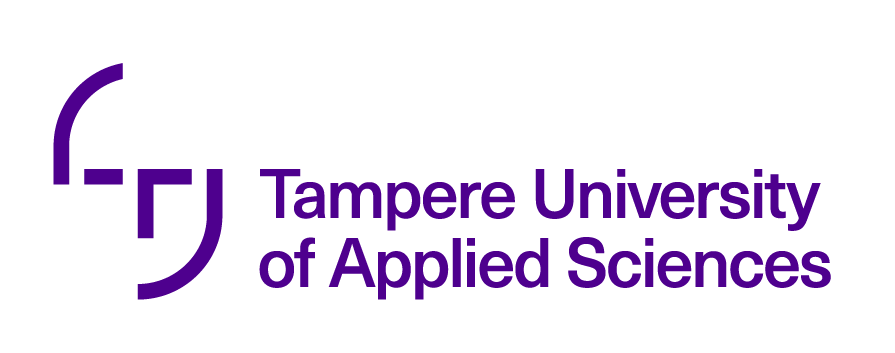Structural Mechanics, Complementary StudiesLaajuus (4 cr)
Code: T300FO35
Credits
4 op
Objectives
The student is well prepared to understand the operating principles of statically determined and hyperstatic structures. The student is able to computationally determine the support reactions and stress patterns of statically determined structures.
Content
Reduction of the rigid body power system, load types, support methods, structural model, balance, support reactions and stress patterns.
Simple beams, articulated beams, beam structures, articulation mechanisms, stress patterns. Continuous beams, simple perimeters and arcs. Grids and rope structures.
Dimensioning for normal force, bending, shear, torsion. Dimensioning of combined loads. Effect of combined stresses.
General stability control, buckling dimensioning, principles of buckling and torsion.
Effect of material weakening, notches, holes and openings. Coercive forces.
Assessment criteria, satisfactory (1-2)
The student is able to identify and define the basics of the course and solve simple questions
applications that are similar to the tasks being handled.
Assessment criteria, good (3-4)
In addition to the above, the student is able to choose the most suitable one by applying and comparing different options
policy and justify their choices.
Assessment criteria, excellent (5)
In addition to the above, the student has a comprehensive understanding of the course topics and their use
problem solving; and the ability to present, analyze, and justify logically handled issues and methods of solution.
Enrolment period
01.08.2023 - 18.09.2023
Timing
01.08.2023 - 31.12.2023
Credits
4 op
Mode of delivery
Contact teaching
Unit
MD in Construction Engineering
Campus
TAMK Main Campus
Teaching languages
- Finnish
Degree programmes
- Master's Degree Programme in Construction Engineering
Teachers
- Heikki Saarenpää
Person in charge
Heikki Saarenpää
Groups
-
23YIRAKE
Objectives (course unit)
The student is well prepared to understand the operating principles of statically determined and hyperstatic structures. The student is able to computationally determine the support reactions and stress patterns of statically determined structures.
Content (course unit)
Reduction of the rigid body power system, load types, support methods, structural model, balance, support reactions and stress patterns.
Simple beams, articulated beams, beam structures, articulation mechanisms, stress patterns. Continuous beams, simple perimeters and arcs. Grids and rope structures.
Dimensioning for normal force, bending, shear, torsion. Dimensioning of combined loads. Effect of combined stresses.
General stability control, buckling dimensioning, principles of buckling and torsion.
Effect of material weakening, notches, holes and openings. Coercive forces.
Assessment criteria, satisfactory (1-2) (course unit)
The student is able to identify and define the basics of the course and solve simple questions
applications that are similar to the tasks being handled.
Assessment criteria, good (3-4) (course unit)
In addition to the above, the student is able to choose the most suitable one by applying and comparing different options
policy and justify their choices.
Assessment criteria, excellent (5) (course unit)
In addition to the above, the student has a comprehensive understanding of the course topics and their use
problem solving; and the ability to present, analyze, and justify logically handled issues and methods of solution.
Assessment scale
0-5
